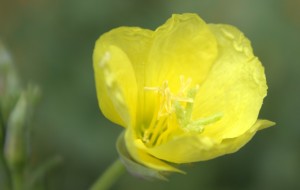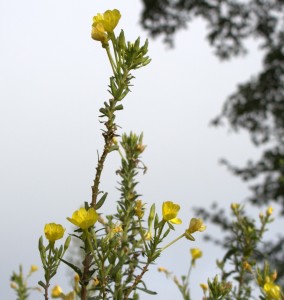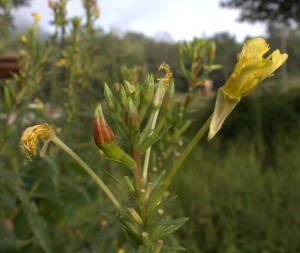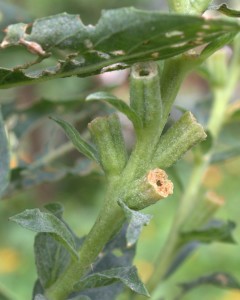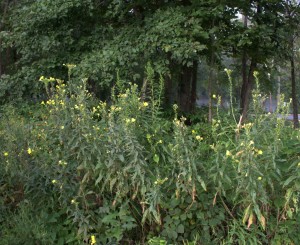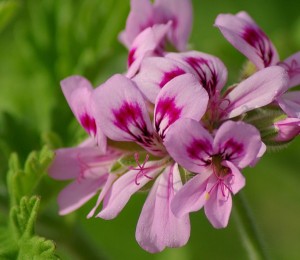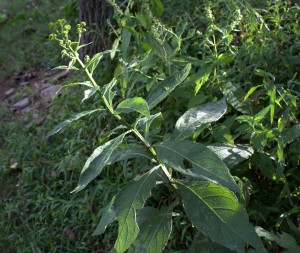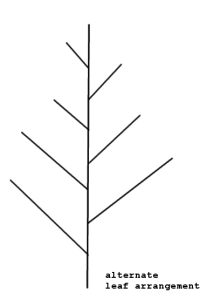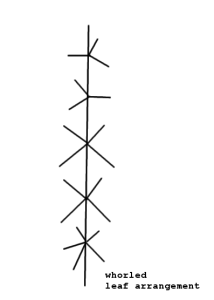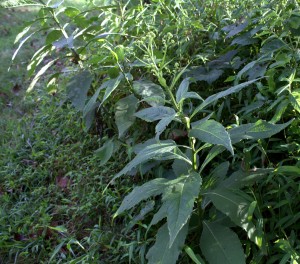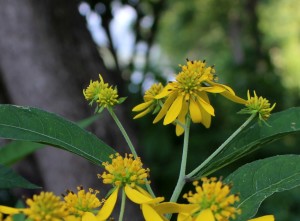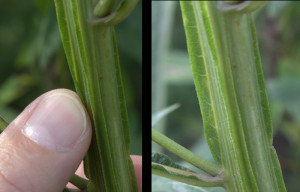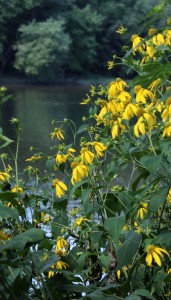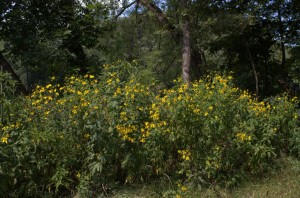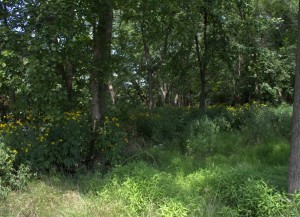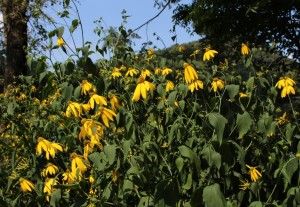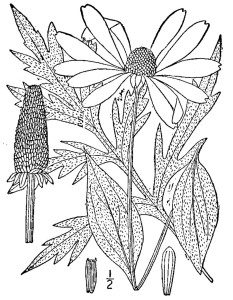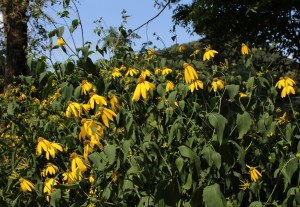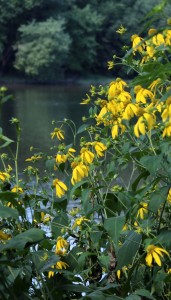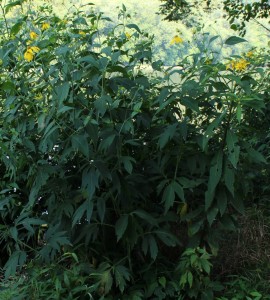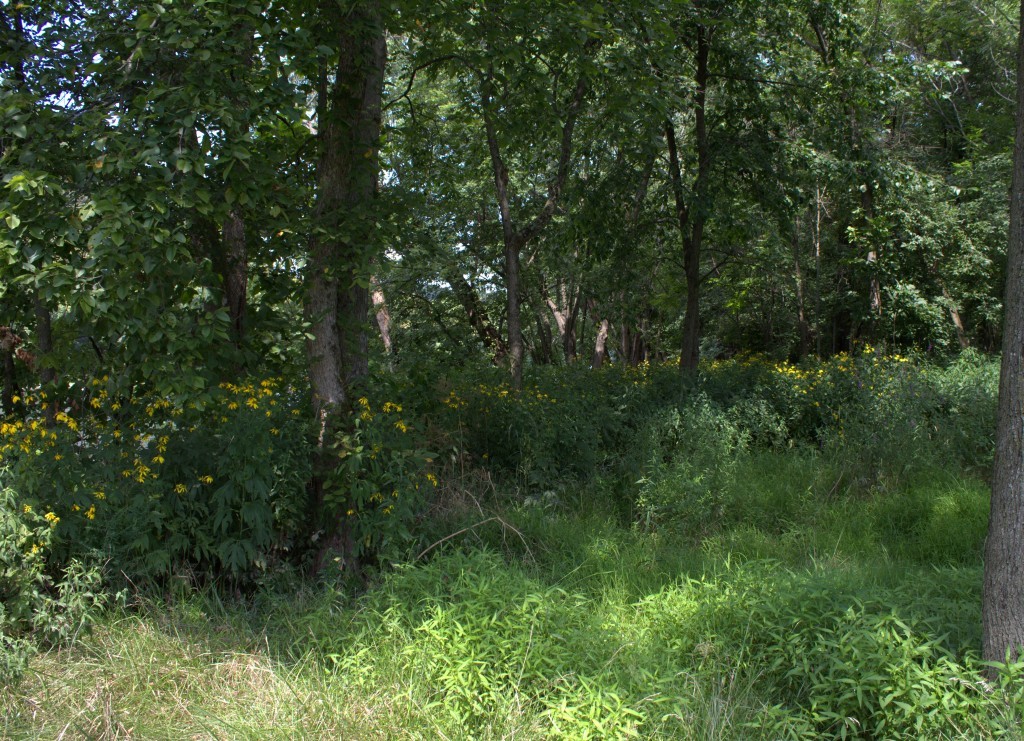Welcome back to Flower Poetry Fridays with Mrs. Sigourney. Each Friday a new poem will be posted from her The Voice Of Flowers.
THE EMIGRANT DAISY.
ONCE, from its home in England’s* soil,
A daisy’s root I drew,
Amid whose moistened crown of leaves
A healthful bud crept through,
And whispered in its infant ear
That it should cross the sea,
A cherished emigrant, and share
A western home with me.Methought it shrank, at first, and paled ;
But when on ocean’s tide
Strong waves and awful icebergs frowned.
And manly courage died,
It calmly reared its crested head
And smiled amid the storm,
As if old Magna Charta’s soul
Inspired its fragile form.So where within my garden plat,
I sow the choicest seed,
Amid my favorite shrubs I placed
The plant from Runnimede.
And know not why it may not draw
Sweet nutriment, the same
As when within that noble clime
From whence our fathers came.Here’s liberty enough for all,
If they but use it well,
And Magna Charta’s spirit lives
In even the lowliest cell,
And the simplest daisy may unfold
From scorn and danger freed,
So make yourself at home, my friend,
My flower from Runnimede.* This daisy was taken from the spot, often visited by trav-
ellers, where King John signed the Magna Charta in 1215.
So, I wonder how many daisies could be left at the spot where this one was plucked from? Well, as long as some roots remained it’s safe to say there could still be a daisy or two growing in England.
It makes me think of my Mom telling us to “leave some for the next guy” whenever we picked flowers or picked up rocks. Sure, it would make things easier for her not to carry all that stuff in her purse, but the words were meant to practice frugality. And sharing.
Taking the daisy to her new home across the seas sounds like something a lot of people would do. Indeed, many of the roadside weeds came to be in this country at the hands of emigrants hoping to establish their favorite garden plants in their new places.
Come back next Friday for the next installment in our series of flower poems from Mrs. Sigourney’s The Voice of Flowers, “The Travelled Flower”.
